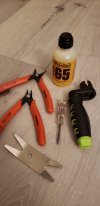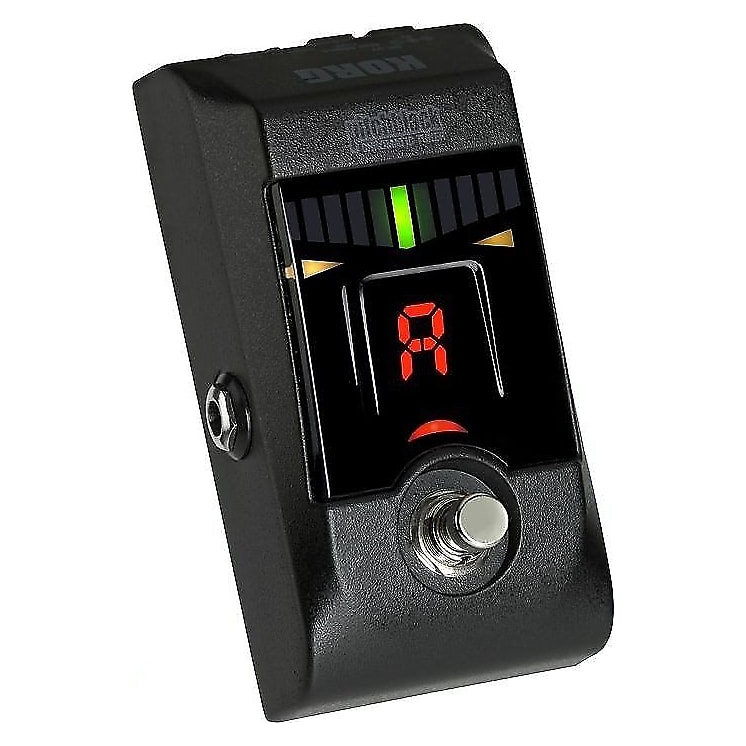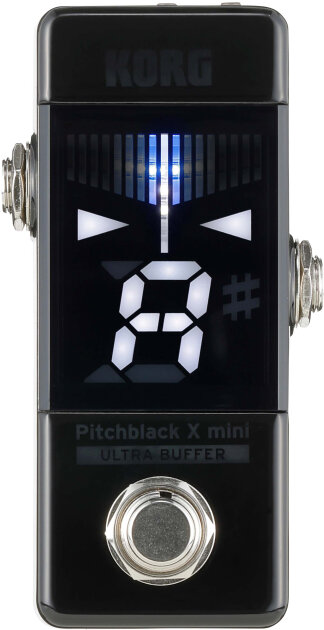aarono2690
Active Member
- Joined
- Sep 1, 2023
- Messages
- 51
- Reaction score
- 116
I’m going practice setting up a bass on my new Fender Aerodyne P-Bass. My plan was to use the Elixer Strings setup guide on youtube as it is highly recommended. If I screw up I’ll go crying to my local luthier. That said, the luthier in the video series lists some tools he uses which seem to differ based on who is doing the setup. Here are my questions:
1) What do I need besides a screw driver and allen keys? I was planning on getting a set of automotive feeler gauges and a string action height tool such as the Dunlop one from Guitar Center. Anything else such as a super precise ruler? Do I need the string action height tool or is it just a nice addition?
I’d prefer to keep my tools basic and able to be found locally.
2) Is a Korg TM-50 tuner accurate enough to set intonation? Are phone apps better?
3) I’m going to keep the stock strings on my P-bass for a while. I assume I shouldn’t have to mess with the nut to do a proper setup?
4) Assuming I’m not cranking the truss rod hard there’s really no way to break anything right?
5) Anything else to know?
1) What do I need besides a screw driver and allen keys? I was planning on getting a set of automotive feeler gauges and a string action height tool such as the Dunlop one from Guitar Center. Anything else such as a super precise ruler? Do I need the string action height tool or is it just a nice addition?
I’d prefer to keep my tools basic and able to be found locally.
2) Is a Korg TM-50 tuner accurate enough to set intonation? Are phone apps better?
3) I’m going to keep the stock strings on my P-bass for a while. I assume I shouldn’t have to mess with the nut to do a proper setup?
4) Assuming I’m not cranking the truss rod hard there’s really no way to break anything right?
5) Anything else to know?









